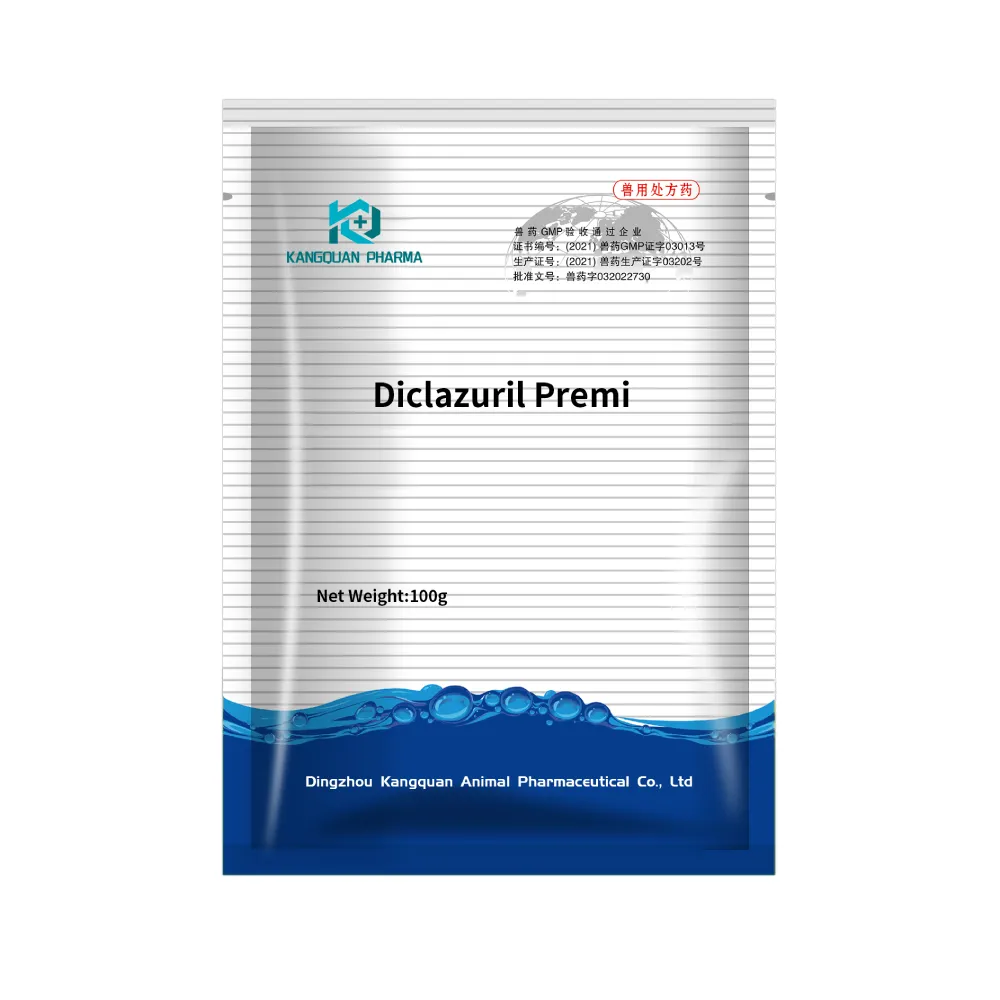- Afrikaans
- Albanian
- Amharic
- Arabic
- Armenian
- Azerbaijani
- Basque
- Belarusian
- Bengali
- Bosnian
- Bulgarian
- Catalan
- Cebuano
- Corsican
- Croatian
- Czech
- Danish
- Dutch
- English
- Esperanto
- Estonian
- Finnish
- French
- Frisian
- Galician
- Georgian
- German
- Greek
- Gujarati
- Haitian Creole
- hausa
- hawaiian
- Hebrew
- Hindi
- Miao
- Hungarian
- Icelandic
- igbo
- Indonesian
- irish
- Italian
- Japanese
- Javanese
- Kannada
- kazakh
- Khmer
- Rwandese
- Korean
- Kurdish
- Kyrgyz
- Lao
- Latin
- Latvian
- Lithuanian
- Luxembourgish
- Macedonian
- Malgashi
- Malay
- Malayalam
- Maltese
- Maori
- Marathi
- Mongolian
- Myanmar
- Nepali
- Norwegian
- Norwegian
- Occitan
- Pashto
- Persian
- Polish
- Portuguese
- Punjabi
- Romanian
- Russian
- Samoan
- Scottish Gaelic
- Serbian
- Sesotho
- Shona
- Sindhi
- Sinhala
- Slovak
- Slovenian
- Somali
- Spanish
- Sundanese
- Swahili
- Swedish
- Tagalog
- Tajik
- Tamil
- Tatar
- Telugu
- Thai
- Turkish
- Turkmen
- Ukrainian
- Urdu
- Uighur
- Uzbek
- Vietnamese
- Welsh
- Bantu
- Yiddish
- Yoruba
- Zulu
9 月 . 04, 2024 22:04 Back to list
Effective Disinfectants for Animal Care Facilities - Ensure a Safe Environment
Disinfectants Used in Animal Care Facilities Ensuring a Safe Environment
In the realm of animal care, maintaining a clean and hygienic environment is paramount for the health and well-being of the animals. Disinfectants play a crucial role in this effort, serving to eliminate harmful pathogens and prevent the spread of diseases. Various disinfectants are employed in animal care facilities, each with specific properties and applications that cater to the unique needs of different animals and settings.
One of the primary types of disinfectants used is quaternary ammonium compounds, commonly known as quats. These compounds are favored for their effectiveness against a wide range of bacteria, viruses, and fungi. Quats are relatively non-toxic, making them suitable for use in facilities housing pets and livestock. They are often used on surfaces, equipment, and in mopping solutions, providing a quick and efficient means of disinfection. However, facilities must be cautious, as quats can lose their efficacy in the presence of organic matter, necessitating thorough cleaning prior to disinfection.
Another commonly used disinfectant is bleach (sodium hypochlorite). Its powerful antimicrobial properties make it effective against a broad spectrum of pathogens, including resistant viruses like parvovirus and Feline Leukemia Virus. While bleach is inexpensive and widely available, it should be diluted properly to mitigate its corrosive effects on surfaces and to minimize health risks to both humans and animals. Furthermore, bleach should never be mixed with other cleaning agents, particularly ammonia, as this can produce toxic gases.
disinfectants used in animal care facilities

Hydrogen peroxide is also a notable disinfectant in animal care. It is particularly valued for its environmental safety; breaking down into water and oxygen, it poses minimal risk to plants and animals. Hydrogen peroxide is effective against bacteria and viruses and is often used in more sensitive areas where traditional disinfectants may pose a risk. However, it is imperative to use appropriate concentrations, as higher levels can be irritating to skin and respiratory systems.
In recent years, increased attention has been directed towards the use of green disinfectants. These are bio-based products that aim to reduce the environmental impact while ensuring effective disinfection. Derived from natural sources, these disinfectants target pathogens without the harsh chemicals found in traditional products. They align with a growing trend towards sustainability in animal care facilities, appealing to pet owners and veterinarians alike.
In conclusion, the selection of disinfectants in animal care facilities is vital to preventing disease outbreaks and ensuring the health of both animals and caretakers. By understanding the various types of disinfectants available, their applications, and the importance of proper usage, animal care facilities can create a safer environment that promotes the overall well-being of the animals they tend. Regular training and adherence to safety protocols will further enhance the effectiveness of these disinfectants, leading to healthier animals and safer facilities.
-
The Power of Radix Isatidis Extract for Your Health and Wellness
NewsOct.29,2024
-
Neomycin Sulfate Soluble Powder: A Versatile Solution for Pet Health
NewsOct.29,2024
-
Lincomycin Hydrochloride Soluble Powder – The Essential Solution
NewsOct.29,2024
-
Garamycin Gentamicin Sulfate for Effective Infection Control
NewsOct.29,2024
-
Doxycycline Hyclate Soluble Powder: Your Antibiotic Needs
NewsOct.29,2024
-
Tilmicosin Premix: The Ultimate Solution for Poultry Health
NewsOct.29,2024













